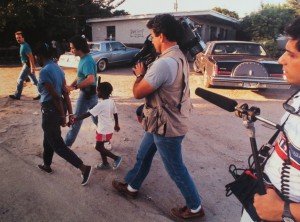
Shooting the first season of “Cops” with the traditional 2-man crew.
I started out in the business of television news/documentary and field production, when it was the world of the specialist — you were the shooter, the editor, the sound person, producer, gaffer — the whatever. In part it was the technology that didn’t allow time for combining functions, in part it was the union. In early video days, camera IO tubes needed pampering. Cameras got their own seats on the plane because they were sensitive electronic devices. They needed to be reregistered first thing when you got to your hotel. Registration charts, oscilloscopes and tweaking tools were part of our kit. The sound person set up chargers and organized his separate recorder while the cameraperson was bringing the camera back into alignment.
Today, cameras go as cargo. The audio person is gone as the camera now integrates sound into the camera operator’s responsibilities. Editing, which required hundreds of pounds of gear, is now done on a laptop.
When cameras had low sensitivity, a lighting person was always on the shoot to boost lumens to a readable level. Cameras now see in the dark better than the human eye.
Technology has advanced to bring the functionality of the crew into the hands of fewer people with smaller, more robust equipment. Instead of a team of specialists, and the expertise that came with it, we now get one person shooting and reporting, then turning around to edit and transmit the final product.
With the compression of time and space that technology brings, we have lost the focus of the specialist. In the process we have made compromises. We accept audio and lighting that would not have made the cut before. The reporter can’t get the best images or follow the story as well when the jobs are pressed into one.
Money is the mover.
But at the same time we see this playing out, we have the move to DSLRs and the large format cameras. Interestingly, it’s about quality. How do you separate yourself visually from the pack? You shoot eye-snapping video that grabs attention. What, the return of the specialist? Perhaps, or at least a realization that we lost something in the process of producing a cheaper and cheaper product.

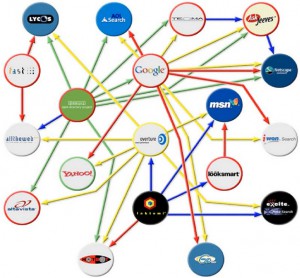

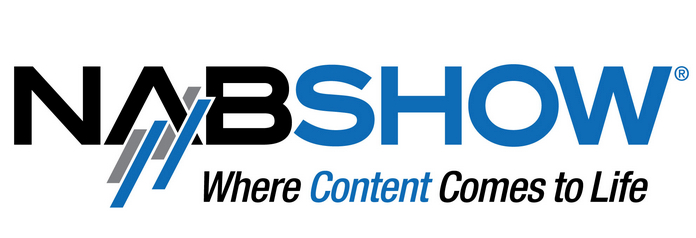
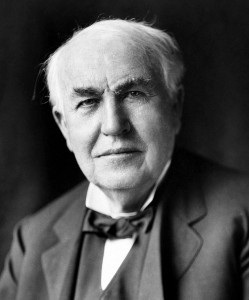
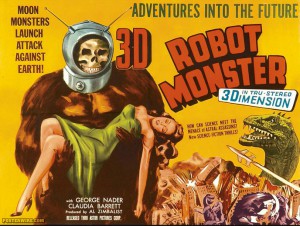


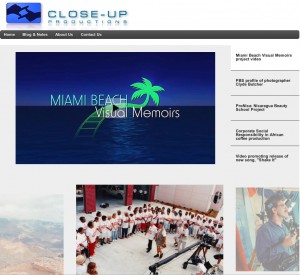
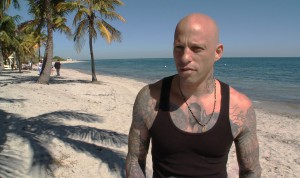

 Tweetcast provides video blog reports of events promoted through the Twitter social network. Tweets cross promote videos accessed by cellphone and computer. These videos include full graphic animations, interviews, exclusive point-of-view footage, and behind-the-scenes action with artists
Tweetcast provides video blog reports of events promoted through the Twitter social network. Tweets cross promote videos accessed by cellphone and computer. These videos include full graphic animations, interviews, exclusive point-of-view footage, and behind-the-scenes action with artists